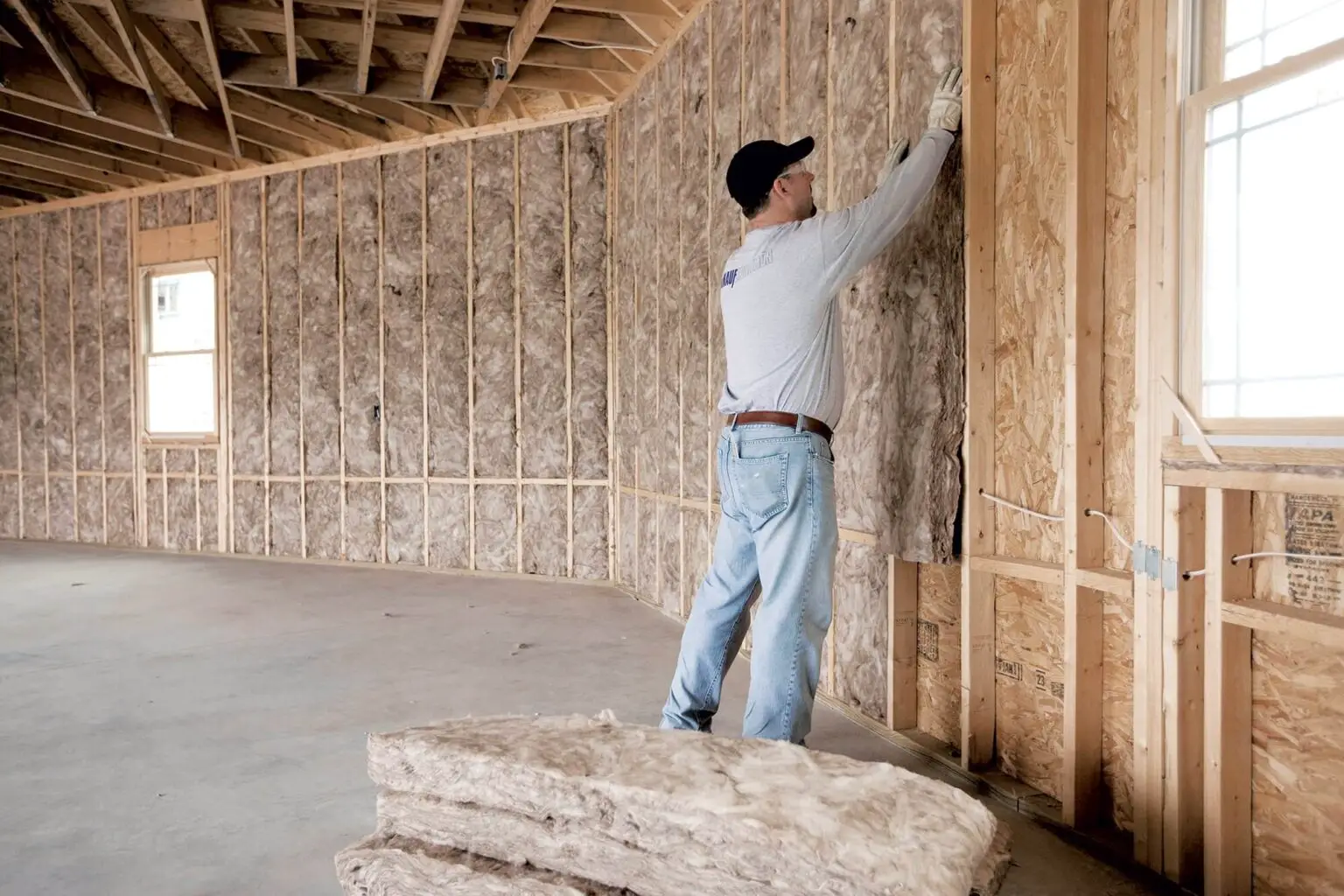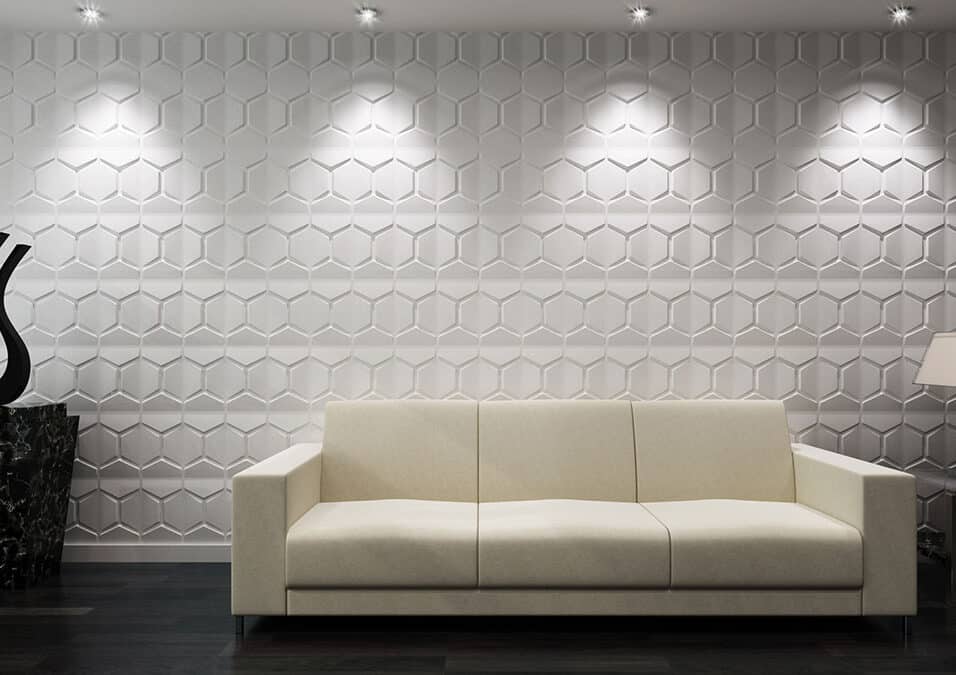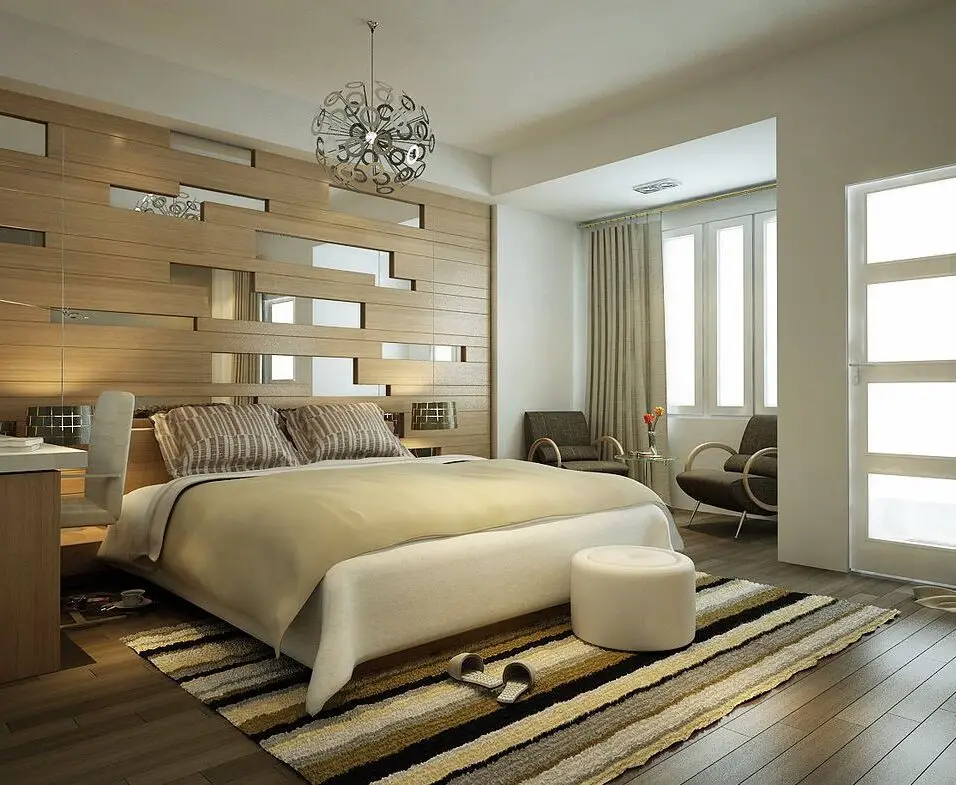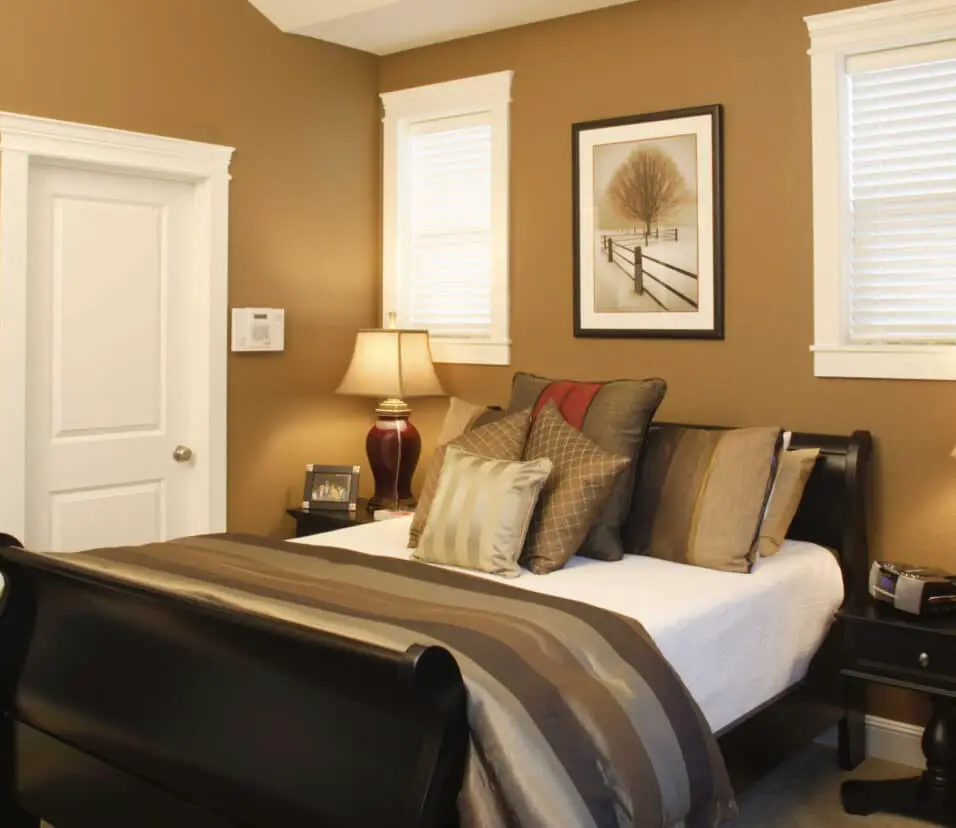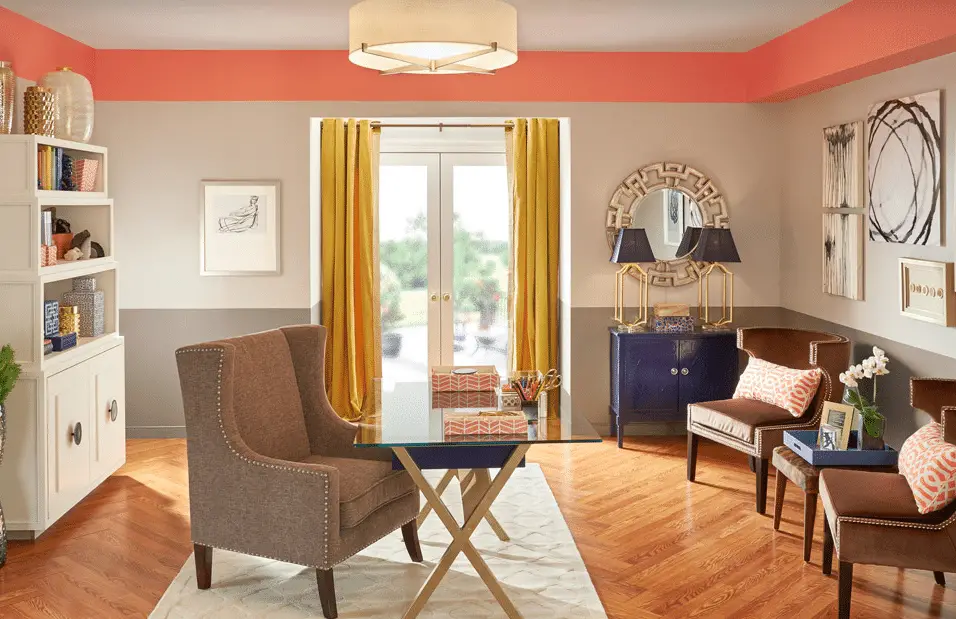How To Insulate Existing Interior Walls
Introduction
How To Insulate Existing Interior Walls: In many older homes or buildings, interior walls might lack proper insulation, leading to temperature inconsistencies and an increased transmission of sound. Insulating existing interior walls can significantly mitigate these issues, transforming your space into a more pleasant and efficient environment. Whether you’re a seasoned DIY enthusiast or a homeowner new to the world of renovations, this guide will walk you through the process step by step.
Understanding the nuances of the wall insulation process is crucial, and we’ll guide you through the essential steps involved, including the necessary preparations, tools, and safety precautions. From removing wall coverings to effectively installing insulation and ensuring a seamless finishing process, we’ll cover it all.
Moreover, this guide will address potential challenges and provide expert tips to overcome them. Whether you’re working with drywall, plaster, or other wall types, we’ll offer insights into the best practices for a successful insulation endeavor.
By the time you’ve completed this guide, you’ll have the confidence to embark on your project armed with the knowledge to insulate existing interior walls efficiently and effectively. Get ready to create a more comfortable and energy-efficient living space while acquiring valuable skills that can enhance your home for years to come. Let’s begin the journey toward a well-insulated and revitalized living environment.
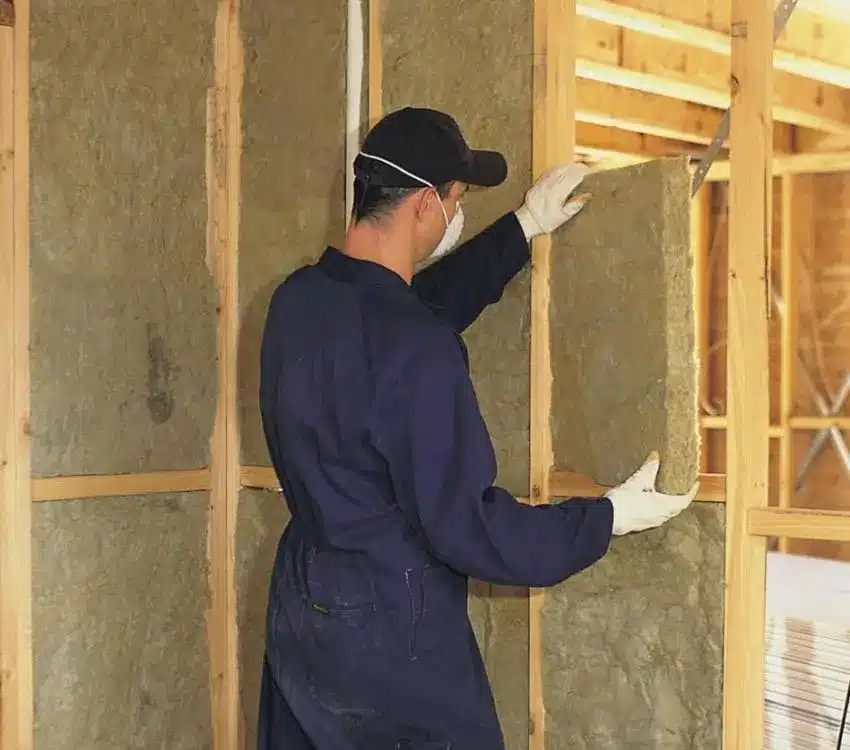
How do you insulate an interior wall that is already Drywalled?
With “drill-and-fill”, GNI installers drill holes into existing drywall, making sure to target cavities that are behind the drywall. The process involves creating minimal disruption to the existing structure while maximizing insulation effectiveness.
Start by identifying and marking the locations of wall studs. Then, using a small hole saw, bore holes into the wall at the top of each stud cavity. These holes will serve as access points for insulation. Next, use a specialized insulation blower to inject loose-fill insulation, such as cellulose or fiberglass, through the holes into the cavities. Sand and paint the patched areas to blend seamlessly with the existing wall. It’s crucial to maintain a consistent R-value across the wall, ensuring optimal thermal performance.
Keep in mind that this approach might not be as effective as insulating from scratch, but it offers a solution without the need to remove and reinstall the drywall. Always prioritize safety and use proper protective gear when working with insulation materials.
How do you insulate interior walls without removing drywall?
Injection foam insulation is the answer to insulating walls without removing drywall. There are several types of injection foam available out there, including the RetroFoam product we use. These materials don’t require the drywall in your home to be taken down.
Insulating interior walls without removing drywall involves a process known as “drill-and-fill.” Begin by selecting the insulation material that suits your needs, such as blown-in cellulose or fiberglass. Identify the stud cavities by using a stud finder. Then, carefully drill small holes into the wall at the top of each stud bay. These holes serve as access points for the insulation.
Using an insulation blower, inject the chosen insulation material into the cavities through the drilled holes. The blown-in insulation will fill the voids and create a thermal barrier. It’s important to ensure even distribution to avoid cold spots or uneven insulation.
Once the insulation is in place, seal the holes with matching putty or spackle. Sand and repaint the patched areas to blend them with the existing wall. This method provides improved insulation without the need to remove and reinstall drywall, saving time and effort.
However, keep in mind that this approach may not achieve the same level of insulation as a full renovation. It’s essential to consult with professionals, follow safety guidelines, and be cautious of electrical wires or plumbing that might be within the wall cavities.
Can you insulate interior walls after construction?
Is there a way to install insulation behind closed walls? Injection foam and blown-in cellulose can both be installed without removing the drywall.
Yes, it is possible to insulate interior walls after construction, although the process may be more challenging compared to insulating during the initial construction phase. One common approach is to use a method called “blown-in insulation.” This involves drilling small holes into the wall, typically from the outside or through the interior drywall, and then blowing insulation material, such as cellulose or fiberglass, into the wall cavities.
Another option is to add insulation by creating an additional layer on the interior surface of the walls. This can be done by installing rigid foam panels or batt insulation between furring strips that are attached to the existing wall. This approach adds insulation without the need to remove the existing drywall.
Should I insulate interior walls?
Insulation regulates temperatures, reduces noise, and reduces fire risk. Your home will be more comfortable and safer when the interior walls are insulated. While doing so may cost time and money, it’s often a worthwhile investment that has the potential to increase the longevity of your home greatly.
Insulating interior walls can offer several benefits, but whether you should insulate them depends on your specific needs and circumstances. Insulation in interior walls can enhance the comfort of your living spaces by maintaining a more consistent temperature throughout your home. This is especially important for rooms that are hard to heat or cool.
Additionally, insulating interior walls can help reduce the transfer of sound between rooms, providing a quieter environment and more privacy. If you’re concerned about noise disturbance from one room to another, insulation can significantly improve the acoustics within your home.
Energy efficiency is another key consideration. Insulated interior walls can contribute to better energy conservation by preventing heat loss in the winter and heat gain in the summer. This can lead to reduced energy bills over time.
However, there are cases where insulating interior walls might not be as necessary. For example, if you live in a mild climate or your home is already well-insulated, the benefits of insulating interior walls might be less pronounced.
Ultimately, the decision to insulate interior walls should be based on your specific goals and circumstances. Consider factors like your climate, energy efficiency goals, noise concerns, and budget. Consulting with insulation professionals can help you make an informed decision tailored to your needs.
Can you explain the differences between traditional insulation materials like fiberglass and modern options like foam boards for insulating interior walls?
Traditional insulation materials like fiberglass and modern options like foam boards offer distinct characteristics and benefits when insulating interior walls.
Fiberglass insulation consists of fine glass fibers that trap air, providing effective thermal resistance. It’s relatively affordable, widely available, and can be installed in various forms, such as batts or blown-in. However, it might require careful handling due to its potential for skin irritation, and it can settle over time, reducing its insulating performance.
On the other hand, foam board insulation, often made of polystyrene or polyurethane, offers superior thermal resistance and can be a more efficient insulator per inch of thickness compared to fiberglass. Foam boards create a continuous, solid barrier, preventing air infiltration and offering higher R-values. They are also resistant to moisture, reducing the risk of mold or degradation. However, foam board insulation tends to be more expensive upfront, and proper installation requires attention to sealing gaps and joints.
Choosing between these materials depends on factors like budget, desired insulation performance, moisture levels in the area, and available installation space. Combining both materials could also provide a comprehensive solution, such as using foam boards for higher R-value and fiberglass for cost-effective supplementary insulation. Consulting with insulation experts can help determine the best fit for your specific interior wall insulation needs.
What factors should homeowners consider when selecting the appropriate insulation material for their existing interior walls?
When selecting insulation materials for existing interior walls, homeowners should consider several factors to ensure the best fit for their specific needs.
R-Value: The insulation’s R-value, which measures its thermal resistance, is crucial. Consider your local climate and desired energy efficiency goals. Colder climates might require higher R-values for optimal insulation.
Space Availability: The amount of space available within the wall cavities can influence the type of insulation you choose. Some materials, like foam boards, require more space than others.
Moisture Resistance: Evaluate the moisture levels in the area. If there’s a risk of moisture intrusion, opt for materials like foam boards that are less susceptible to moisture damage.
Budget: Different insulation materials come with varying costs. Fiberglass tends to be more affordable, while foam boards can be pricier but offer higher R-values and better air sealing.
Installation Ease: Consider whether you plan to install the insulation yourself or hire professionals. Some materials, like blown-in insulation, might require specialized equipment for proper installation.
Fire Safety: Some insulation materials have better fire-resistant properties than others. If fire safety is a concern, prioritize materials that offer better fire resistance.
Soundproofing: If noise reduction is important, choose materials with good acoustic insulation properties, like dense fiberglass or cellulose.
Environmental Impact: Look into the environmental impact of the insulation materials. Some options might be more eco-friendly than others.
Allergies and Health Concerns: Consider any potential health risks associated with the insulation material, especially if you or your family members have allergies or sensitivities.
By carefully evaluating these factors and possibly consulting with insulation professionals, homeowners can make an informed decision that aligns with their goals and the specific requirements of their existing interior walls.
How does insulating existing interior walls contribute to energy efficiency and a more sustainable living environment?
Insulating existing interior walls plays a pivotal role in enhancing energy efficiency and fostering a more sustainable living environment. By creating a thermal barrier within interior spaces, insulation helps to maintain a consistent indoor temperature, reducing the need for excessive heating or cooling. This directly translates to lower energy consumption and reduced utility bills. The minimized reliance on heating and cooling systems also leads to fewer greenhouse gas emissions, contributing to a greener, more sustainable footprint.
Moreover, well-insulated interior walls mitigate heat transfer between rooms, improving overall comfort levels within your home. This allows for more effective temperature control, eliminating hot and cold spots and reducing the need for constant adjustments to HVAC systems. Consequently, energy resources are conserved and the strain on power grids is alleviated, promoting a more sustainable energy infrastructure.
Insulation also aligns with sustainable living by extending the longevity of buildings. Properly insulated interior walls can help prevent moisture intrusion, mold growth, and deterioration, thereby reducing the need for frequent repairs and replacements. This contributes to resource conservation and reduced construction waste, making insulation a key component in creating environmentally responsible homes and buildings.
What safety precautions and protective gear should individuals use when working with insulation materials during the process of insulating existing interior walls?
When working with insulation materials to insulate existing interior walls, prioritizing safety is essential. Here are important precautions and protective gear to consider:
Protective Clothing: Wear long-sleeved shirts, pants, gloves, and closed-toe shoes to minimize skin contact and potential irritation from insulation fibers.
Respiratory Protection: Use a properly fitted N95 respirator mask to prevent inhaling insulation fibers, which can be harmful to the respiratory system.
Eye Protection: Wear safety goggles or protective eyewear to shield your eyes from insulation particles and dust.
Headgear: If insulation materials might fall from above, wear a hard hat to protect your head from potential impact.
Ventilation: Work in well-ventilated areas to minimize exposure to airborne particles. Use fans or open windows whenever possible.
Safety Equipment: Have a first aid kit on hand in case of minor injuries. Keep a fire extinguisher nearby, especially when working with insulation near heat sources.
Safe Handling: Handle insulation with care to avoid damaging skin or eyes. Minimize contact with your face and do not eat, drink, or smoke during work.
Electrical Awareness: Be cautious around electrical wiring and outlets. Avoid contact to prevent potential shocks or short circuits.
Proper Tools: Use appropriate tools for the job, such as insulation knives, utility knives, or insulation blowers. Follow manufacturer guidelines.
Cleanup: Dispose of waste materials properly. Vacuum the work area with a HEPA-filtered vacuum after insulation installation.
By following these safety precautions and utilizing the recommended protective gear, individuals can ensure a safer insulation process while minimizing potential health risks and hazards associated with working with insulation materials.
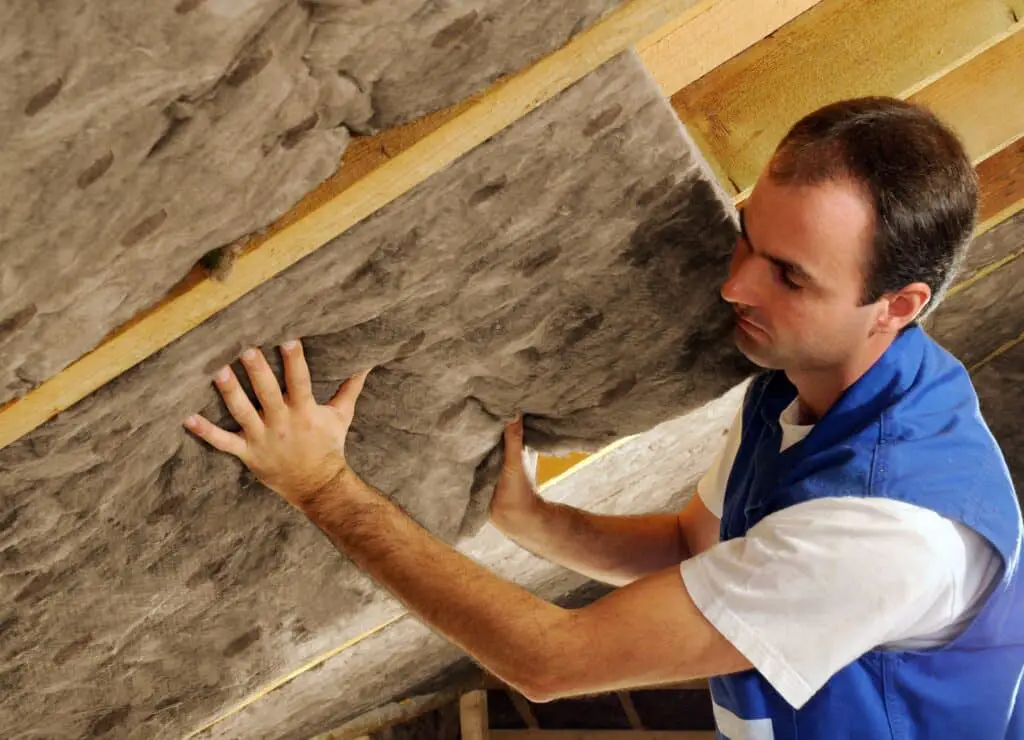
Conclusion
Insulating existing interior walls is a transformative endeavor that holds the potential to elevate your living experience to new heights. By following the steps outlined in this guide, you’ve taken a proactive approach to enhancing your home’s comfort, energy efficiency, and acoustic performance.
Through careful consideration of insulation materials, you’ve equipped yourself with the knowledge to select the best option for your unique requirements. Whether you’ve chosen traditional fiberglass, versatile mineral wool, modern foam boards, or efficient spray foam, your decision will undoubtedly contribute to maintaining a consistent indoor climate and reducing sound transmission.
The journey you’ve embarked upon, from preparing the walls to installing the insulation and finally achieving a seamless finish, demonstrates your commitment to improving your living space. By addressing challenges head-on and employing expert tips, you’ve not only insulated your walls but also gained valuable skills that can be applied to future projects.
As a result of your efforts, you’re now part of a community of homeowners dedicated to creating energy-efficient and harmonious living environments. The impact of insulating existing interior walls extends beyond your immediate surroundings – it contributes to a more sustainable future by reducing energy consumption and minimizing environmental footprint.
With your newly insulated interior walls, you’re poised to enjoy a home that is not only visually appealing but also comfortable, quiet, and efficient. As time goes on, you’ll reap the benefits of your investment through reduced energy bills and an increased sense of well-being. Congratulations on completing this journey toward a better-insulated home!



